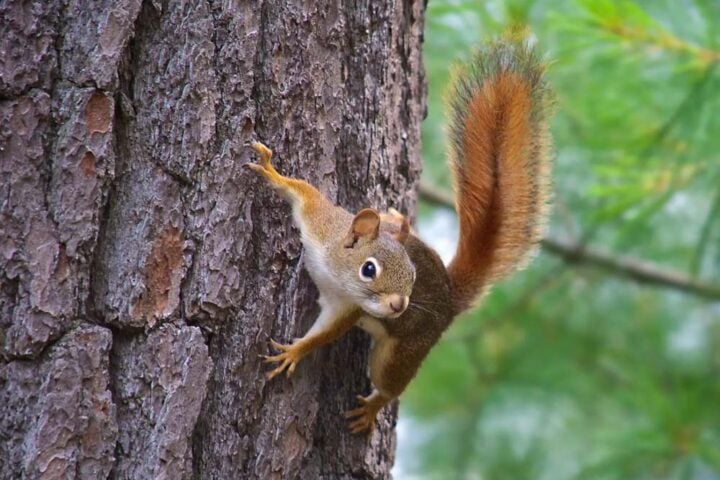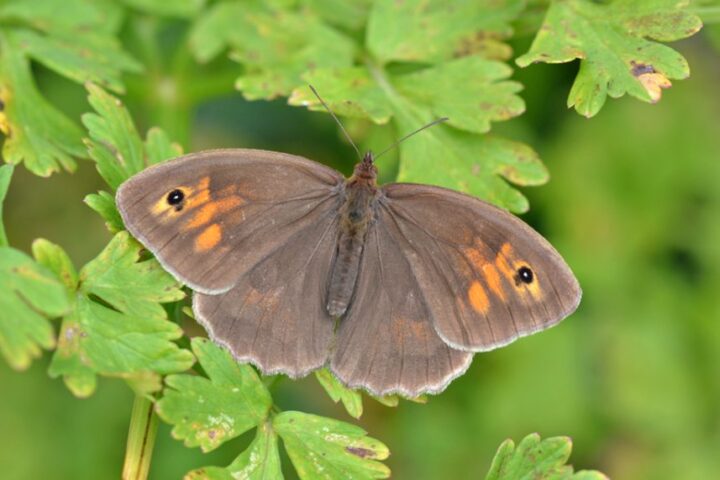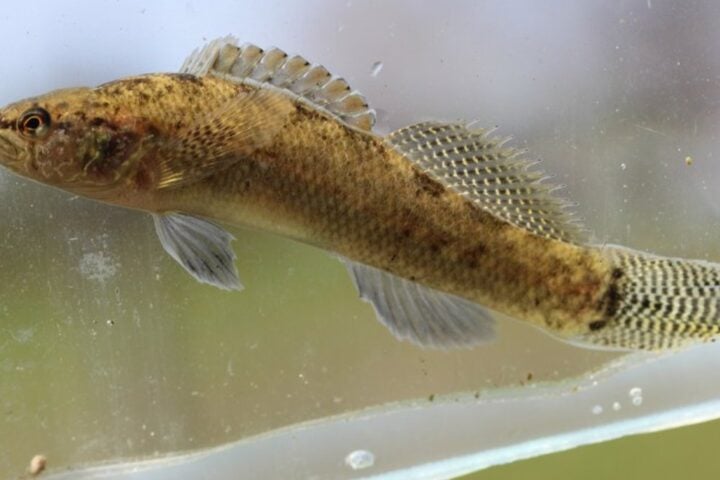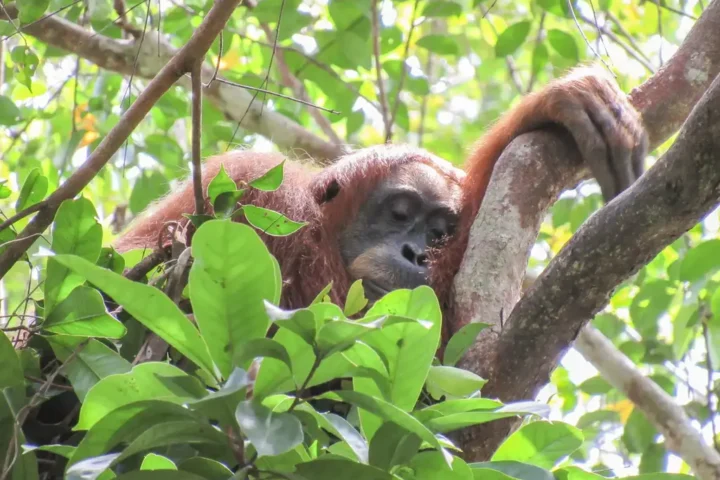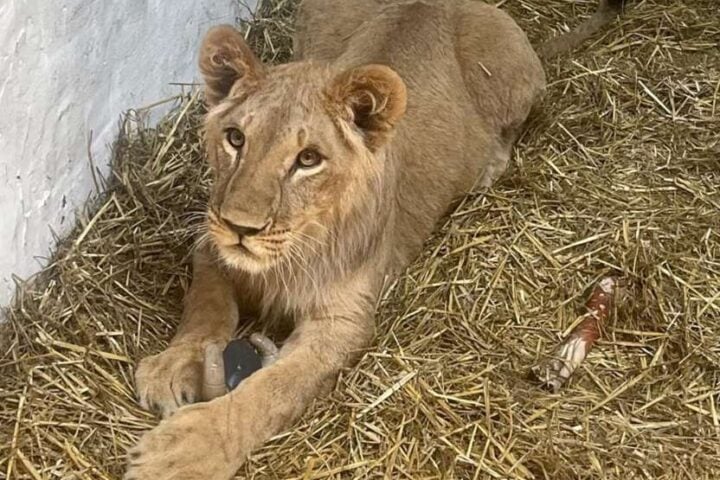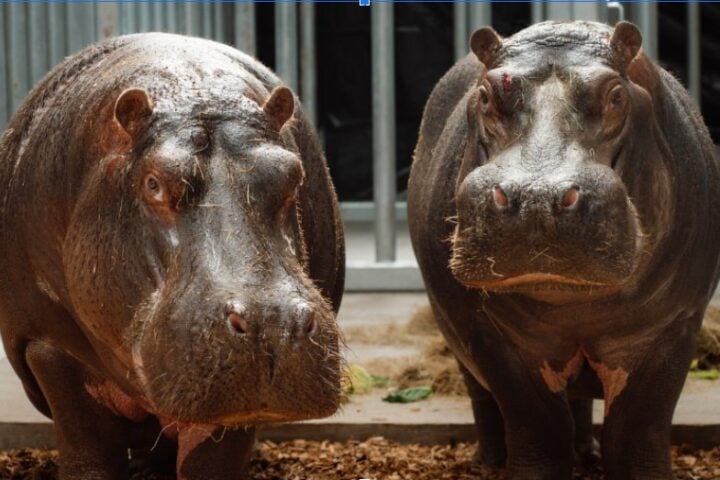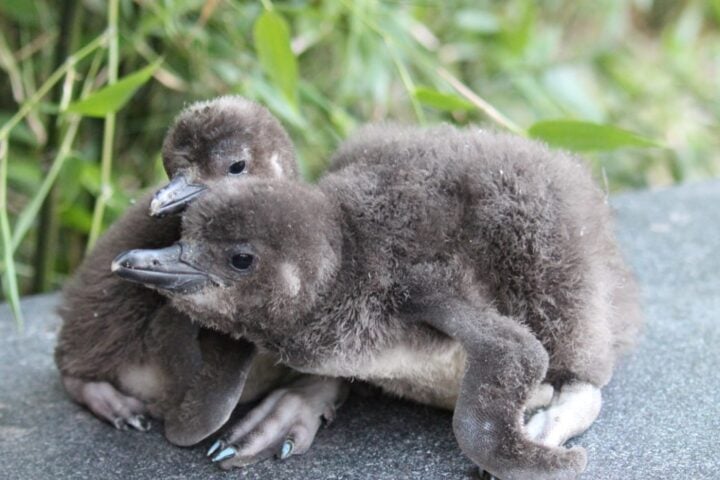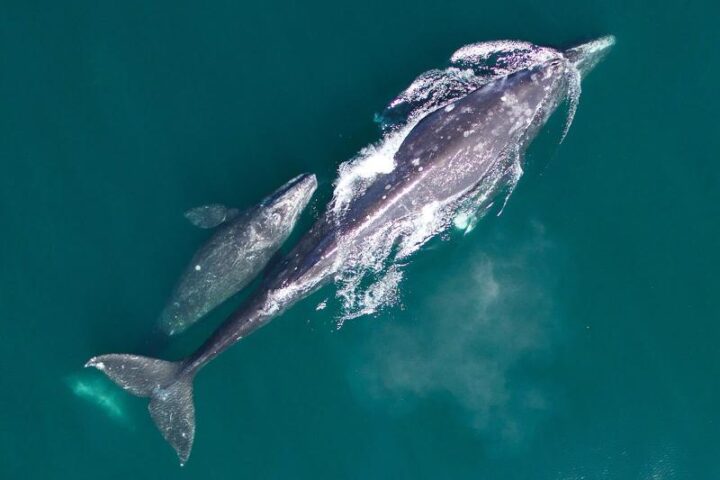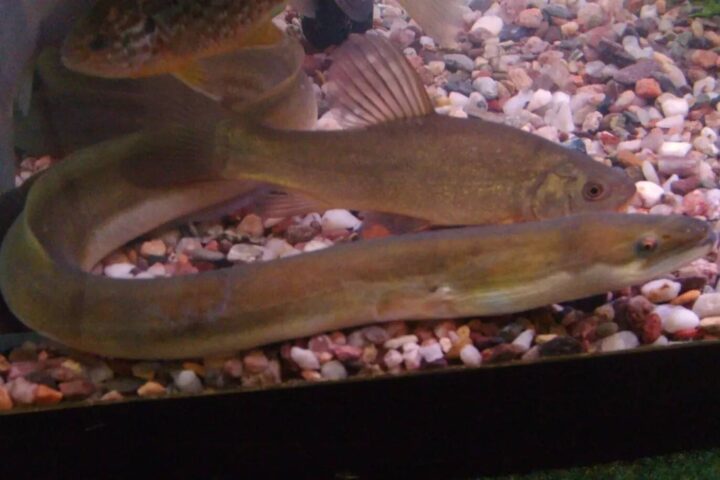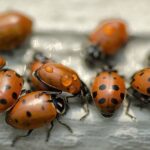Climate crisis is advancing rapidly, many animals being direct victims, including birds. Bird migration serves as a precise indicator of the health of environments, as they settle in healthy habitats. These birds, vital for insect control and pollination, travel long distances in search of better conditions for nesting or feeding. Their presence in an area indicates a healthy and well-conserved environment, while their absence may signal serious environmental problems.
However, the crisis continues, and finding places to stay becomes increasingly difficult, as does the preservation of the species. In addition to natural challenges such as climate and predators, birds also face human threats: agricultural expansion and uncontrolled tourism. Habitat loss due to intensive agriculture and poorly managed tourism significantly reduces the areas available for them resting and feeding. Protecting these sites requires a concerted effort to conserve and care for their nesting, wintering, and migratory stopover areas. Without these safe zones, many species are at risk of disappearing.
According to an article in Environmental Science, migratory birds are considered natural thermometers of the state of ecosystems. Their health directly reflects the quality of the environment in which they live. For example, wetlands that host migratory birds must maintain a delicate balance of water and vegetation. If these wetlands deteriorate, migratory birds are the first to show signs of stress, which in turn indicates broader problems in the ecosystem.
But that’s not all; they also play an active role in conserving their surroundings. By feeding on insects, they help control their populations and prevent plagues. Additionally, they participate in pollination, facilitating the reproduction of various plant species and contributing to biodiversity.
These birds cover thousands of kilometers without rest, an impressive feat fundamental to their survival. These journeys are made possible by the preservation of critical sites where they can rest and refuel. However, the destruction of these essential habitats endangers many species. Conserving their migratory routes is vital to ensure their continuation of their ecological roles. Migratory birds also act as links between distant ecosystems, circulating nutrients and dispersing other living organisms such as seeds from trees, plants, and insects.
Migratory birds use the Earth’s magnetic field to navigate, but according to research, radio waves used in everyday human technology interfere with this. The research was led by Professor Dr. Henrik Mouritsen from the University of Oldenburg and Professor Dr. Peter Hore from the University of Oxford. Together, they combined behavioral experiments with quantum mechanics calculations on a supercomputer to reach this conclusion, which confirmed how man-made radio waves affect birds. In 2014, Mouritsen, Hore, and their colleagues demonstrated that AM radio waves created by humans, known as electrosmog (pollution due to the excessive presence of radio waves in the environment), harm the ability of migratory birds to use the Earth’s magnetic field (magnetoreception) for orientation. This weak electrosmog, harmless to humans, affects quantum physical processes in the retinal cells of migratory birds, which are essential for their navigation using the Earth’s magnetic field.
Similar Posts
Protecting migratory birds requires a comprehensive approach that includes conserving their habitats at all stages of their life cycle. This involves not only protecting nesting areas but also wintering sites and migratory stopovers. Conservation policies must address habitat loss, pollution, and other factors that negatively affect these birds.
In addition to direct conservation measures, it is crucial to promote public awareness of the importance of migratory birds and the challenges they face. Education and community involvement can play an important role in protecting these animals. Initiatives such as responsible ecotourism and bird monitoring programs can generate support and resources for the conservation of migratory birds, to ensure they continue to grace our skies for generations to come.



